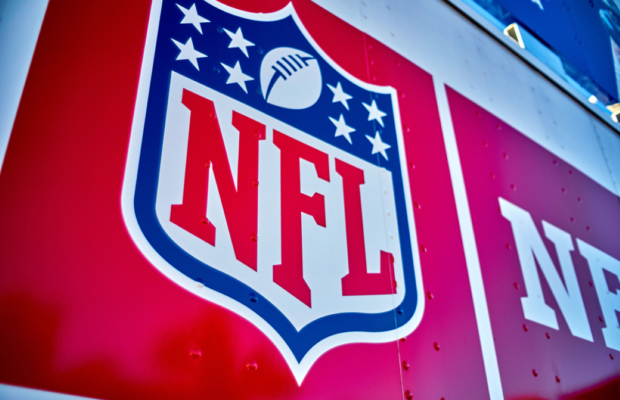CDC publishes paper on NFL’s efforts to play 2020 season

By Rob Maaddi
The NFL partnered with the Centers for Disease Control to share its extensive work to reach the Super Bowl on time during a pandemic-altered season, hoping the general public can learn from its findings.
The CDC published a scientific paper on Monday jointly authored with medical experts from the NFL and NFL Players Association detailing the efforts to complete the regular season and playoffs without any canceled games.
“We hope that our experience will have benefits for public health generally and we’re pleased that the CDC was willing to engage with us on that topic,” said Jeff Miller, the NFL’s executive vice president of communications, public affairs and policy.
The paper references what the league did in terms of limiting the spread of COVID-19 among its 32 teams. The study says elements can be applicable beyond the NFL to limit the spread of the virus, including “to settings such as long-term care facilities, schools, and high-density environments.”
“We were able to show that you can play a team sport while minimizing risk to the participants,” said Dr. Allen Sills, the league’s chief medical officer. “It does require everyone to do their part every day. It also requires some modifications of certain activities, for example, the virtual meetings that we describe in the paper and how that was an important part of risk mitigation. But I think those are a number of key themes that are pointed out in this work.”
The NFL had to shuffle the schedule a few times and some teams had more issues with the virus than others, but only the Super Bowl remains to be played. The defending champion Kansas City Chiefs and the Tampa Bay Buccaneers will play for the title on Feb. 7 in Tampa, Fla. A limited crowd of about 22,000 fans will be allowed at the game.
Sills said every fan at Raymond James Stadium will be given a KN95 mask to wear during the game.
The NFL found that transmission of the virus occurred in less than 15 minutes of cumulative interaction between individuals, the timeframe initially used in the CDC’s definition of “close contact.”
“We have not seen any evidence of on-field transmission in NFL games or practices,” Sills said. “I think that that is an important observation. It’s certainly a question that many people raised before we started as to why that occurred. I think there are a number of theories that people have advanced. One of them is that obviously we’re playing either in an open area or at least an extremely large air environment where we’ve got a lot of ventilation, a lot of movement and likely quick dispersal of any droplets or particles.
“Secondly, the proximity tracking data that connects on devices that all our players, coaches and officials wore on the field showed that in the course of the game, there’s actually very little interaction overall, cumulative in close proximity between players.”
The paper showed that from Aug. 9 to Nov. 21 approximately 623,000 COVID-19 tests were performed on approximately 11,400 players and staff members and 329 tested positive (2.9%).
From Sept. 27 to Oct. 10, a total of 41 cases were identified among players and staff members. Of those, 21 were believed to have resulted from within-club transmission at a single team, requiring closure of that team’s facilities.
The league then added a more intensive protocol starting in October, including the start of high-risk interaction tracing and daily testing. On Nov. 21, a league-wide adoption of the protocol was mandated though the end of the season.
The paper noted at least three limitations:
—The metrics from wearable devices rely on people using them.
—Determination of high-risk contact status is based on interviews and “subject to recall and reporting bias.
—Household exposures are based on self-report.” And the source and date of transmission of the virus cannot be confirmed.